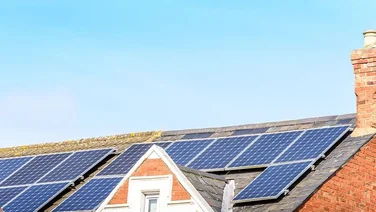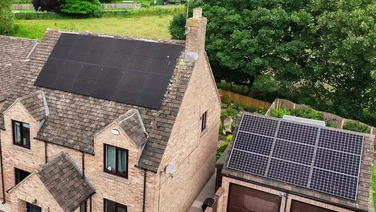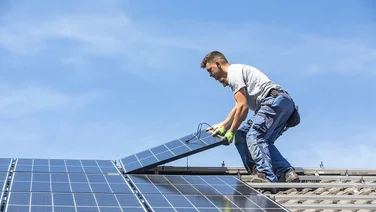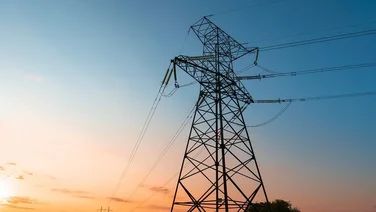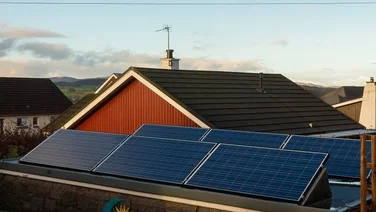
Oxford PV, an Oxford University spinout, has set a new record for solar panel efficiency.
Working in collaboration with Germany’s The Fraunhofer Institute for Solar Energy Systems, the UK-based research group managed to produce a solar panel with a 25% conversion efficiency.
‘Conversion efficiency’ is the term used to describe the percent of solar energy a solar panel receives that actually gets converted into electricity. Most commercial solar panels have an efficiency of 15%-20%, with the best solar panels reaching 24% efficiency.
How has Oxford PV achieved this you ask? It’s all down to their innovative perovskite-on-silicon solar cells.
Solar panels are made up of a cluster of solar cells (the part of a solar panel that converts sunlight into electricity) placed on a supportive frame. The cells work together to generate electricity.
The most common types of solar panels use silicon cells. These cells are durable, and can reach decent levels of efficiency, which is why they’ve been the old faithful in the solar industry for so long.
Oxford PV is pushing the limits of solar panel efficiency with its perovskite solar cells. The group previously set a record for the most efficient solar cell, which reached 28.6% efficiency.
The reason the cells have a higher efficiency on their own than when they form part of a solar panel is because lining them up on a frame and covering them with protective material reduces the cells’ efficiency slightly.
What is perovskite and how is Oxford PV using it?
Perovskite is a synthetic material, modelled on the crystalline structure of a mineral that shares the same name.
To make their record-breaking solar cells, Oxford PV layers a thin layer of perovskite over a traditional silicon solar cell.
Silicon solar cells are great at converting red ultraviolet sun rays into electricity, but they aren’t great at converting blue ultraviolet rays, limiting their efficiency potential to 29%.
Perovskite, on the other hand, is great at doing this. By combining the two materials, Oxford PV’s perovskite-on-silicon solar cells have the potential to reach 43% efficiency.
Why is increasing the efficiency of solar panels important?
It’s simple really, more efficient solar panels means that they can convert more sunlight into electricity from a smaller surface area.
Oxford PV’s solar panel delivered an output of 421 watts from an area of just 1.68 square metres. Traditional solar panels with silicon cells would need to be over 2 square metres to have a similar output capacity.
Chris Case, Chief Technology Officer, Oxford PV, said:
“Solar energy is currently among the most cost-effective and sustainable energy sources. Our continuous advancements in technology will further enhance module efficiency – producing more electricity from the same area – and extending their use to all market sectors from residential, commercial through to utility scale.”
Maximising the generation capacity of renewable energy sources such as solar panels is vital for the world to reduce its reliance on fossil fuels and cut down emissions. 2023 was a record year for solar and renewable energy, and innovations like the Oxford one could accelerate growth further.
Thinking about installing solar panels for your home or business? Put your details into our quick quotes form, and our network of professional solar panel installers will be in touch with their best prices.

